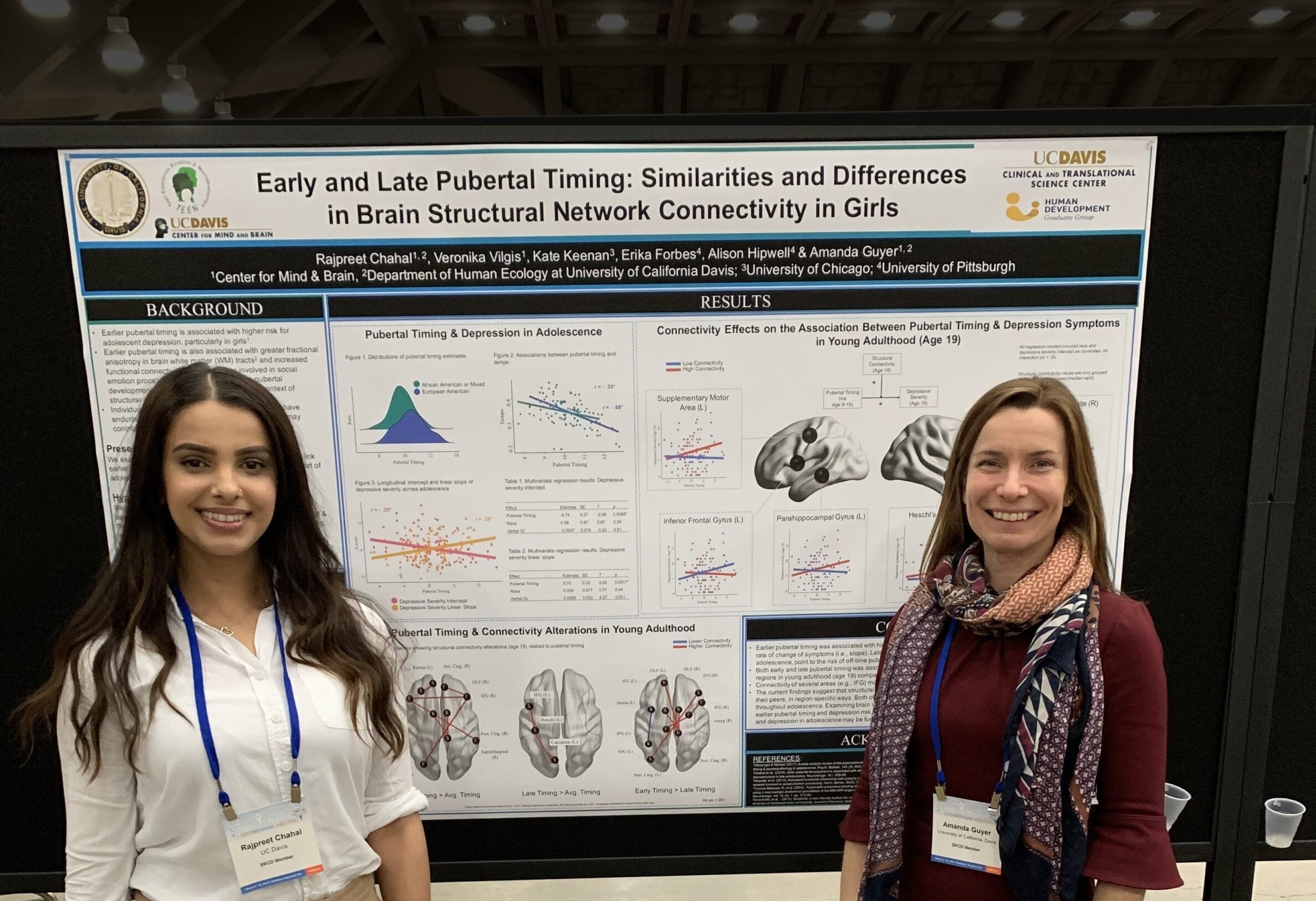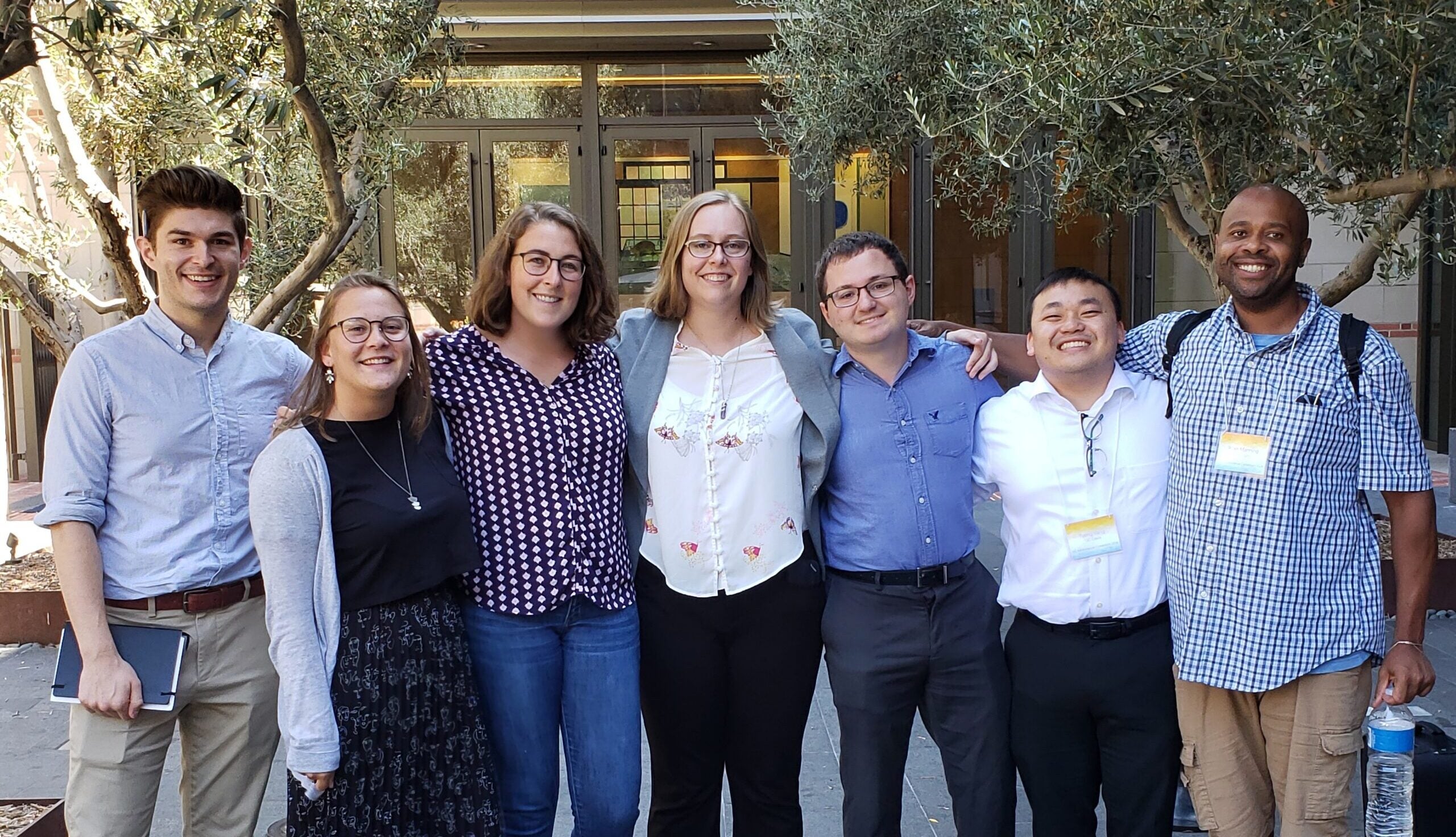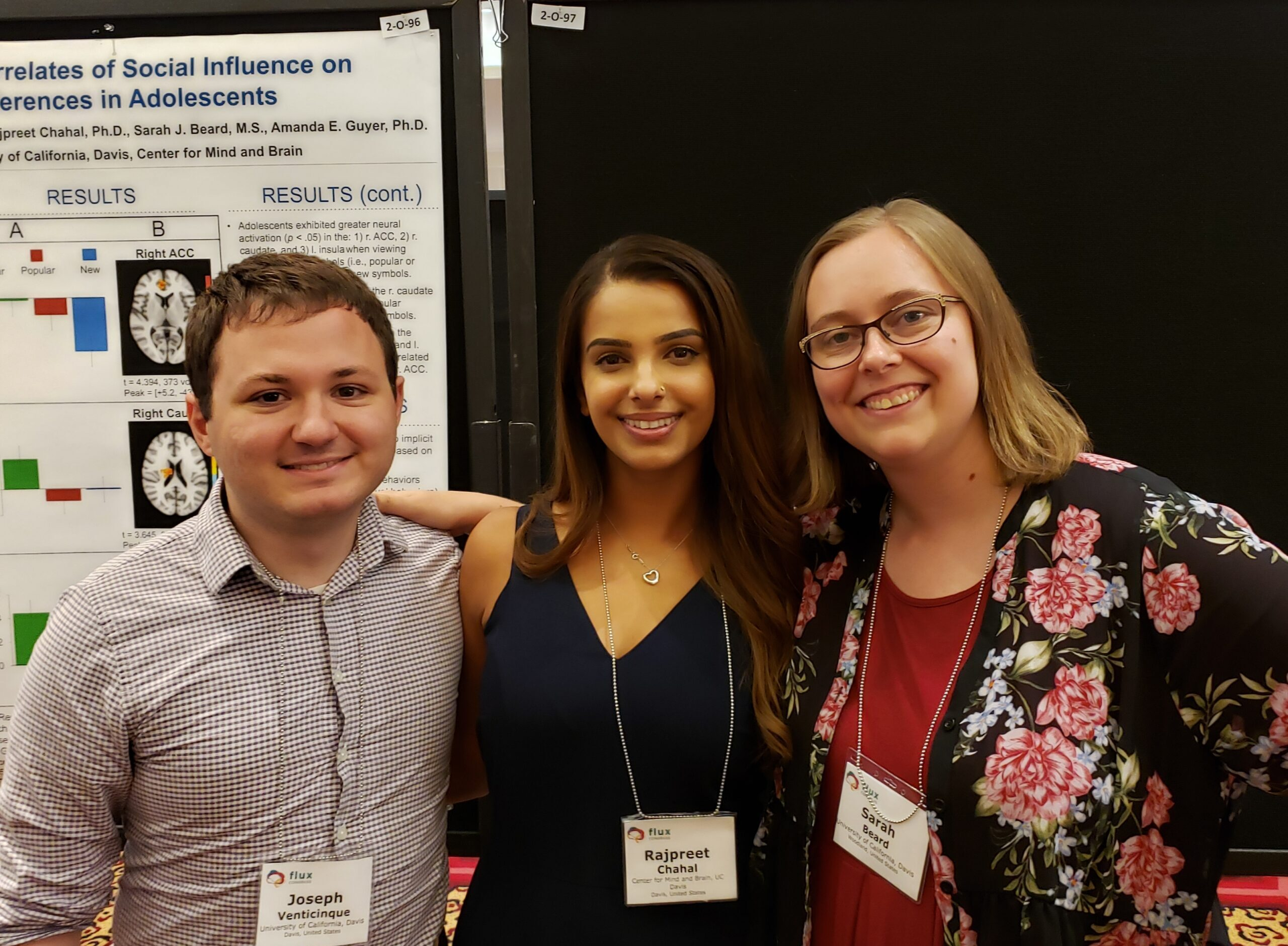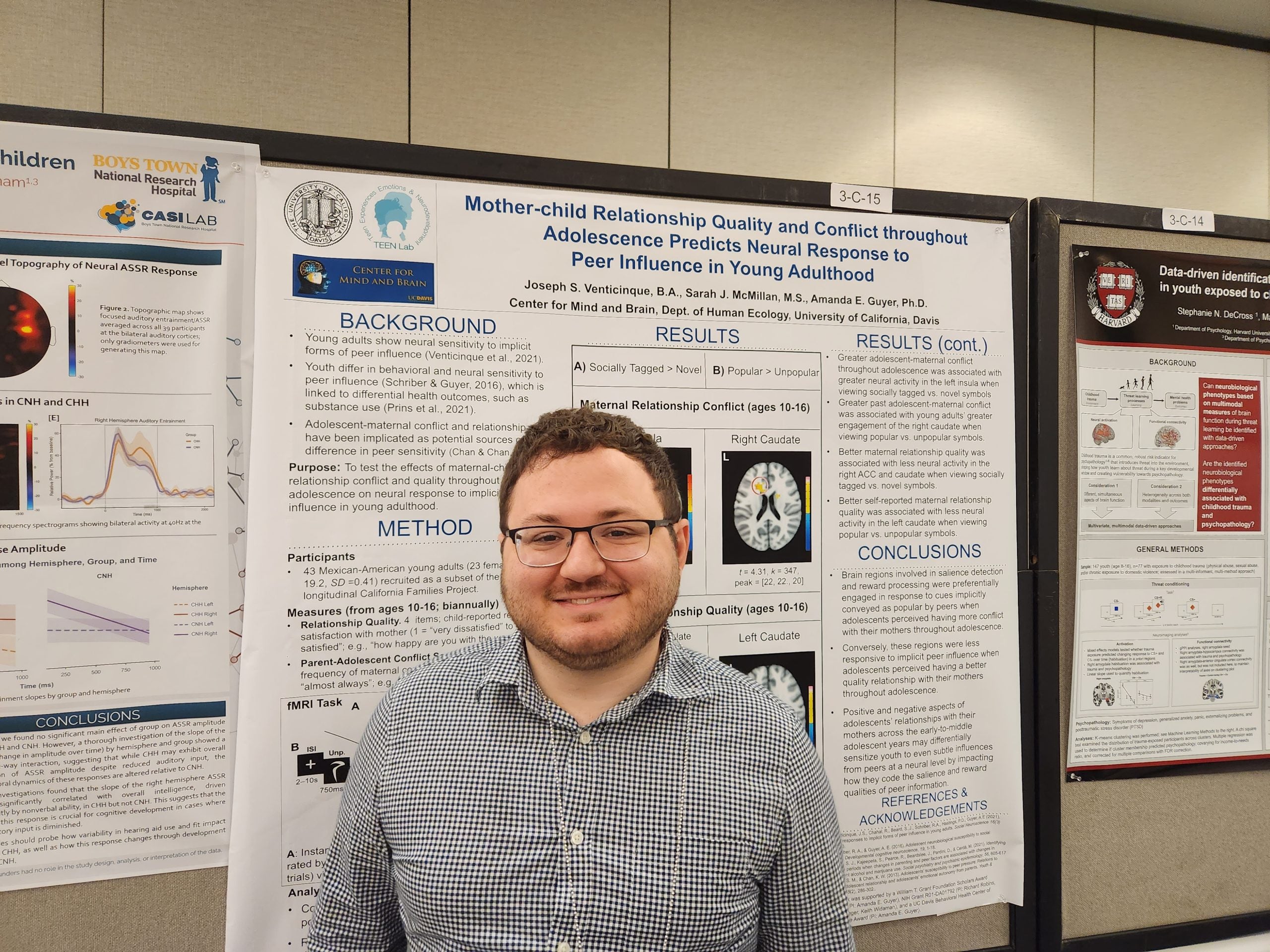Amanda E Guyer, Christopher S Monk, Erin B McClure-Tone, Eric E Nelson, Roxann Roberson-Nay, Abby D Adler, Stephen J Fromm, Ellen Leibenluft, Daniel S Pine, and Monique Ernst (2008). J Cogn Neurosci, 20(9):1565-82.
Several lines of evidence implicate the amygdala in face-emotion processing, particularly for fearful facial expressions. Related findings suggest that face-emotion processing engages the amygdala within an interconnected circuitry that can be studied using a functional-connectivity approach. Past work also underscores important functional changes in the amygdala during development. Taken together, prior research on amygdala function and development reveals a need for more work examining developmental changes in the amygdala’s response tofearful faces and in amygdala functional connectivity during face processing. The present study used event-related functional magnetic resonance imaging to compare 31 adolescents (9-17 years old) and 30 adults (21-40 years old) on activation tofearful faces in the amygdala and other regions implicated in face processing. Moreover, these data were used to compare patterns of amygdala functional connectivity in adolescents and adults. During passive viewing, adolescents demonstrated greater amygdala and fusiform activation to fearful faces than did adults. Functional connectivity analysis revealed stronger connectivity between the amygdala and the hippocampus in adults than in adolescents. Within each group, variability in age did not correlate with amygdala response, and sex-related developmental differences in amygdala response were not found. Eye movement data collected outside of the magnetic resonance imaging scanner using the same task suggested that developmental differences in amygdala activation were not attributable to differences in eye-gaze patterns. Amygdala hyperactivation in response to fearful faces may explain increased vulnerabilityto affective disorders in adolescence; stronger amygdala-hippocampus connectivity in adults than adolescents may reflect maturation in learning or habituation to facial expressions.




